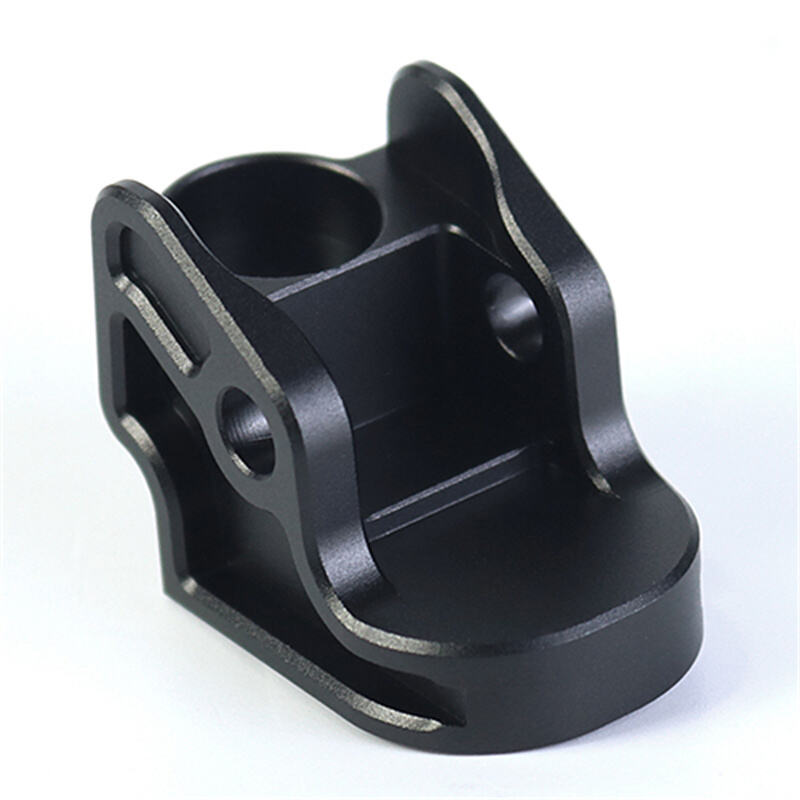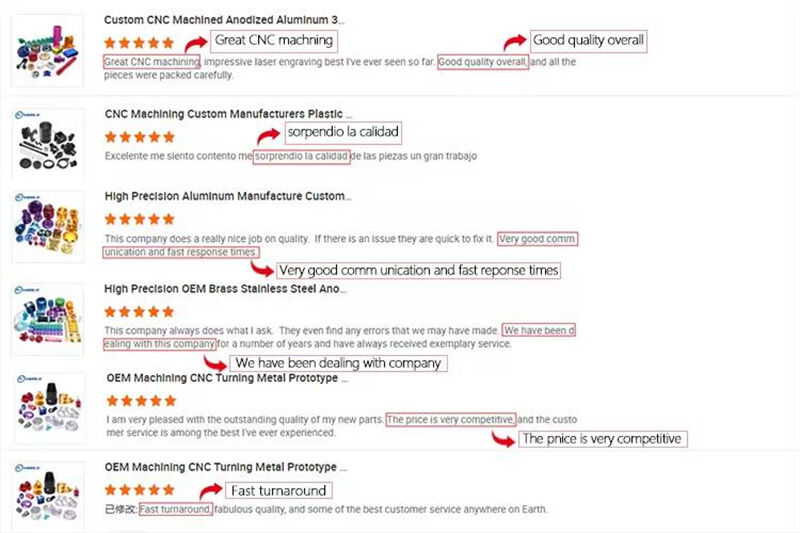Building 49, Fumin Industrial Park, Pinghu Village, Longgang District
Sunday Closed
Type:Broaching, DRILLING, Etching / Chemical Machining, Laser Machining, Milling, Other Machining Services, Turning, Wire EDM, Rapid Prototyping
Model Number:OEM
Keyword:CNC Machining Services
Material: stainless steel aluminum alloy brass metal plastic
Processing method :CNC Turning
Delivery time:7-15 days
Quality:High End Quality
Certification:ISO9001:2015/ISO13485:2016
MOQ:1Pieces
CNC machining sits at the center of modern manufacturing. Whether it’s aerospace parts, automotive components, medical devices, or custom prototypes, chances are a CNC machine played a key role in making them. If you’ve ever wondered how the CNC machining process actually works—or why it’s trusted for such critical applications—this guide breaks it down in plain, straightforward language.

CNC stands for Computer Numerical Control. In simple terms, it’s a method of using programmed instructions to guide cutting tools, drills, mills, and lathes. Instead of a machinist turning wheels or pulling levers by hand, the machine follows a digital code to shape a piece of metal or plastic with incredible precision.
1. Designing the Part (CAD Stage)
Every CNC project starts with a digital design. Engineers or designers create a 3D model using CAD software. This model defines every curve, angle, and dimension of the final part.
2. Creating the Toolpath (CAM Stage)
Once the design is ready, the next step is to generate toolpaths. CAM software converts the 3D model into instructions—usually G-code—that tell the machine how to move. This includes tool selection, cutting speeds, rotation directions, and the exact path the tool will follow.
3. Preparing the Machine
A machinist loads the raw material (often called the “stock”) into the CNC machine. They secure it in place and install the required cutting tools—drills, mills, end mills, or turning inserts.
4. Machining the Part
With everything set up, the machine takes over. It follows the programmed code and begins cutting, milling, drilling, or turning the material into the final shape. CNC machines can work incredibly fast, and because everything is controlled digitally, they repeat the same process with the same accuracy every time.
5. Quality Inspection
Once the part comes off the machine, it goes through inspection. Tools like calipers, micrometers, and coordinate measuring machines (CMMs) confirm the dimensions. If something is off, the code or setup can be adjusted before the next run.
1.High Precision
CNC machines routinely work within tolerances of thousandths of an inch. That level of consistency is almost impossible to achieve manually.
2.Great for Prototyping and Production
Whether you need one part or a thousand, CNC machining scales easily. It can make prototypes quickly and then switch into full production without much delay.
3.Compatible With Many Materials
Aluminum, steel, titanium, brass, plastics—you name it. CNC machines can handle a wide range of materials for different industries.
4.Repeatable and Reliable
Because the machine relies on code, every part in a production run comes out nearly identical. That reliability makes CNC machining ideal for safety-critical components.
1.CNC Milling
A rotating cutting tool removes material from a stationary workpiece. Great for flat surfaces, pockets, and complex contours.
2.CNC Turning
The workpiece spins while a cutting tool removes material. This is perfect for cylindrical parts like shafts and bushings.
3.CNC Drilling
Used to create precise holes with consistent depth and diameter.
4.Multi-Axis Machining
Some machines move along 4, 5, or even more axes, allowing them to cut complex shapes from several angles without stopping for repositioning.
From aircraft engines to surgical instruments to everyday electronics, CNC-machined parts are everywhere. If you hold a finely machined metal part in your hand—smooth surfaces, sharp edges, precise shapes—it was almost certainly made by a CNC machine.
CNC machining may seem complex, but at its core it’s a straightforward idea: use digital instructions to shape raw material with absolute precision. As industries demand tighter tolerances and faster production, CNC machining remains one of the most dependable methods for creating high-quality parts.
If you’re exploring manufacturing options for a prototype or a production run, CNC machining is a safe bet. Its speed, accuracy, and versatility make it a cornerstone of modern engineering.



Q: How fast can I receive a CNC prototype?
A: Lead times vary depending on part complexity, material availability, and finishing requirements, but generally:
• Simple prototypes: 1–3 business days
• Complex or multi-part projects: 5–10 business days
Expedited service is often available.
Q: What design files do I need to provide?
A: To get started, you should submit:
• 3D CAD files (preferably in STEP, IGES, or STL format)
• 2D drawings (PDF or DWG) if specific tolerances, threads, or surface finishes are required
Q: Can you handle tight tolerances?
A: Yes. CNC machining is ideal for achieving tight tolerances, typically within:
• ±0.005" (±0.127 mm) standard
• Tighter tolerances available upon request (e.g., ±0.001" or better)
Q: Is CNC prototyping suitable for functional testing?
A: Yes. CNC prototypes are made from real engineering-grade materials, making them ideal for functional testing, fit checks, and mechanical evaluations.
Q: Do you offer low-volume production in addition to prototypes?
A: Yes. Many CNC services provide bridge production or low-volume manufacturing, ideal for quantities from 1 to several hundred units.
Q: Is my design confidential?
A: Yes. Reputable CNC prototype services always sign Non-Disclosure Agreements (NDAs) and treat your files and intellectual property with full confidentiality.
Copyright © Shenzhen Perfect Precision Products Co., Ltd. All Rights Reserved — Privacy Policy — Blog